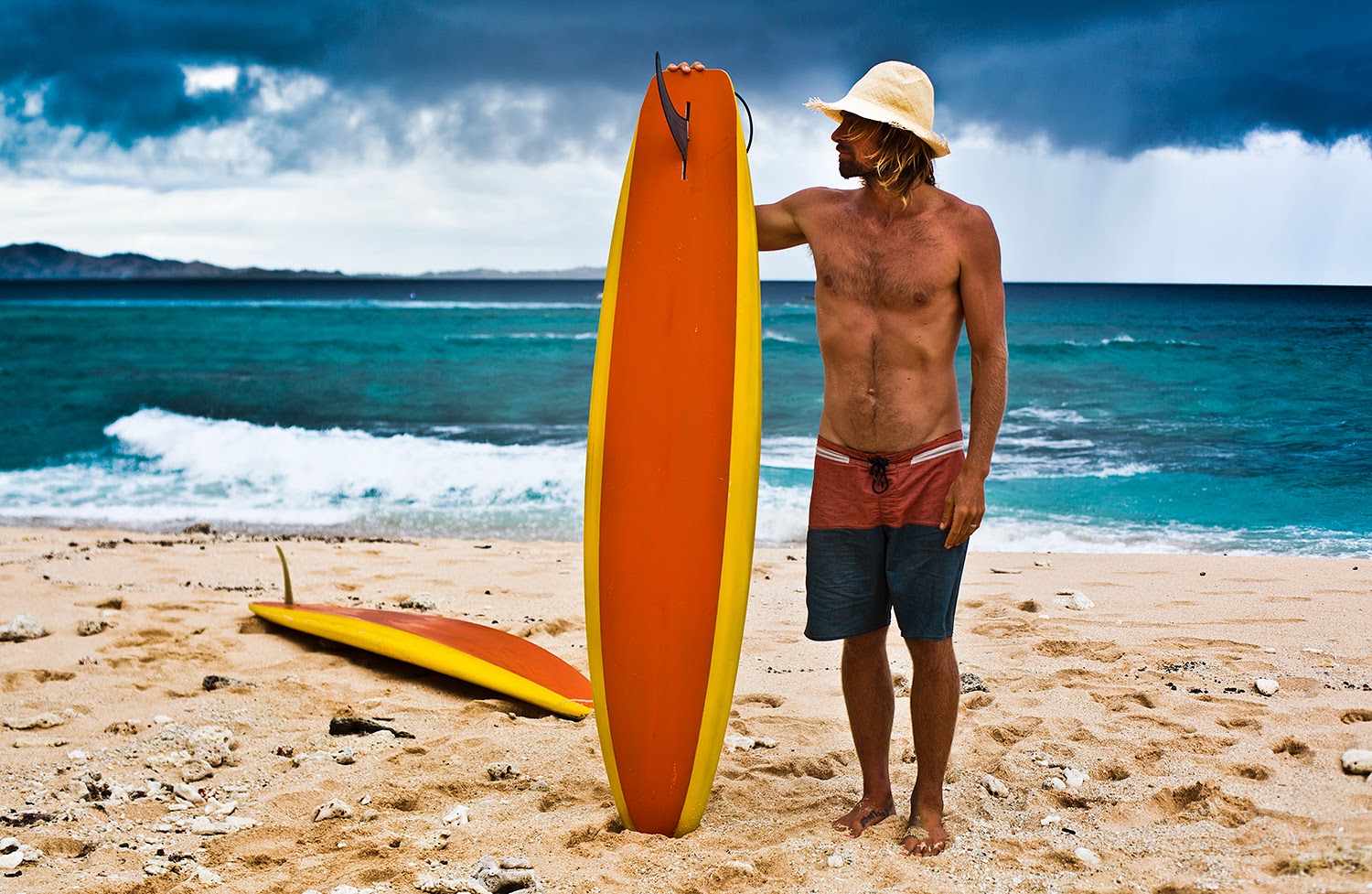There's been renewed interest in Greenough's edgeboard design concept...with Dave Rastovich riding a couple of stand-up versions George built recently. (George is working on two more as we speak.)
KP's post on the Rasta edgeboard is directly below. Liquid Salt has coverage HERE...
This is the "Displacementia Blog," and Greenough edgeboards don't displace water, so it might seem like an odd forum for such a discussion. But George is still the king when it comes to bending water to his whim. And bending water is what displacement surfing is all about.
Within the hull surfing community, the overall understanding of the edgeboard spoon is pretty solid, but here's a quick overview...
George loved his old round bottom spoons of the mid-to-late 60's....
But they needed perfect point surf to allow the big fin and deep displacement hull to work in conjunction with each other, rather than against each other...
The low flotation Greenough spoons needed minimal crowds, and Velo needed perfect waves. By 1970, George grew tired of constantly searching for perfect, empty surf. He started thinking about how to modify his design to ride the junky, less crowded days at his favorite points and reefs.
The round bottomed Velo board was hard to ride in broken up surf like this...
The deep belly under Velo's nose would break up the chop, but the board was sluggish to lift onto a plane, and the fin was too big and sticky in rough water. Velo needed a clean powerline to fire on all 8 cylinders.
Around that time narrow, gunny lowrailers came into vogue, and George was intrigue by what he saw...but he hated the way the flat bottom boards with nose-to-tail edge refused to carve on their rail when turning. So he decided to combine both concepts...a flat bottom and edge for speed-skimming, with turned up rails for the ability to bank over on turns.
It took him over a year to get the slightest hint of success. He found he needed to build a much narrower board, and he needed to move the wide point of the outline forward...meaning a wider nose and narrower tail compared to Velo.
The length and bottom rocker remained the same...
...but he spent a lot of time tinkering with the wedge shape of the stepped edge, which turned out to be critical...
The next problem George faced was finding the right fin for the edgeboards. The large, flat foiled Velo-style fins were completely wrong.
Even the much narrower Stage 4 fin -- made out of the conventional 3/8" thick glass panel -- stuck in tracks and was unsuccessful on the edgeboards.
He realized he needed to let the edges run free across the water, without the fin dictation the direction of travel. He installed a removable fin system and built a series of rigid, narrow fins in varying thicknesses and then gave them all a try. The fin with a 5.5 to 1 aspect ratio worked the best.
This is how dramatic the Greenough fin evolution was...Velo fin on the right, edgeboard fin on the left.
There was a constant flow of improvements from the early 70's through the late 80's...including small wooden ribs along the bottom to keep the nose from sliding out when in trim, and a square tail with a swallow cut into it so the corners would flex freely. He covered the tail split with hypalon fabric to keep the fin from cavitating.
And there was a shift from polyester and fiberglass construction (left) to epoxy and carbon fiber (right.) You can see the wooden runners on both boards, as well as the hypalon tail covering.
For over 20 years, George ripped on the edgeboard spoons!
It's great to see world class surfers interested in George's accrued knowledge, and it's great to see George stoked to shape conventional boards again.
Should be interesting!












.jpg)




















7 comments:
That was a great read! Thank you for the contribution Paul. I really like the description of "bending water".
Great stuff Paul!
It seems like these extreme high aspect ratio fins had a super thick leading edge, almost 1" thick?
Florian
just saw your earlier comment which answers my question...
SUCH A GOOD READ! THANK YOU!
Excellent read!
Parece que la aleta de alta relación de aspecto libera agua y la cola acompaña el jiro de la tabla en relación a la punta
"It seems that the high aspect ratio fin releases water and the tail follows the turn of the board in relation to the tip."
Yes, that's correct. The nose "leads" the tail through a turn.
PG
Post a Comment